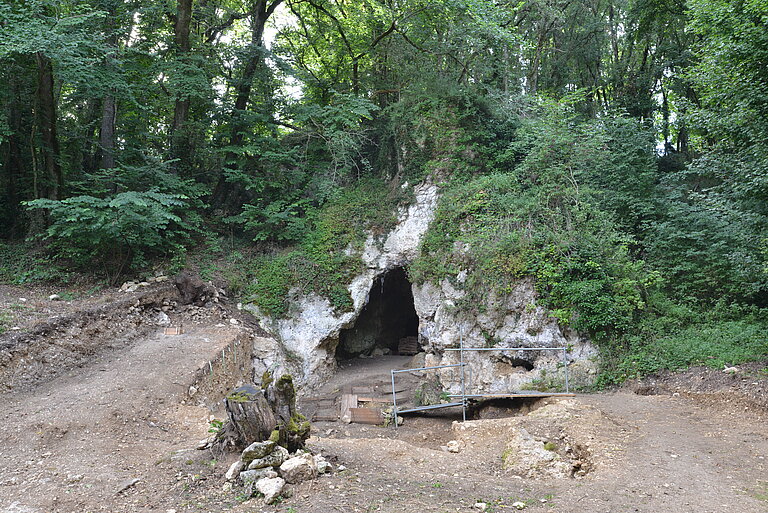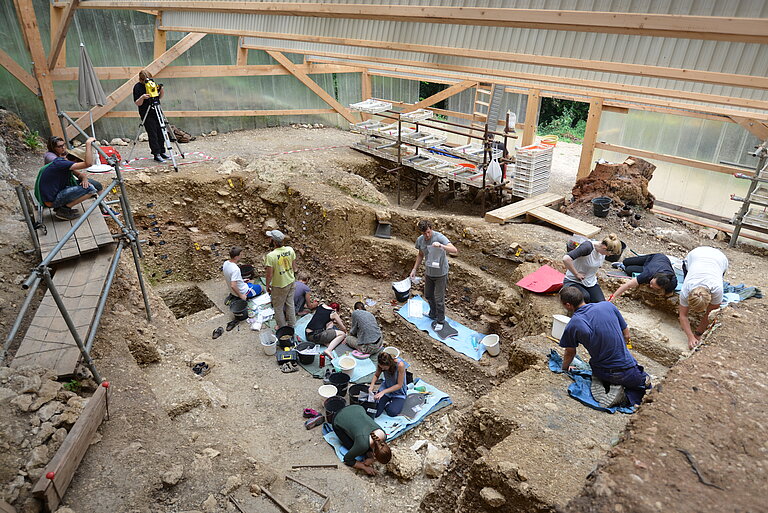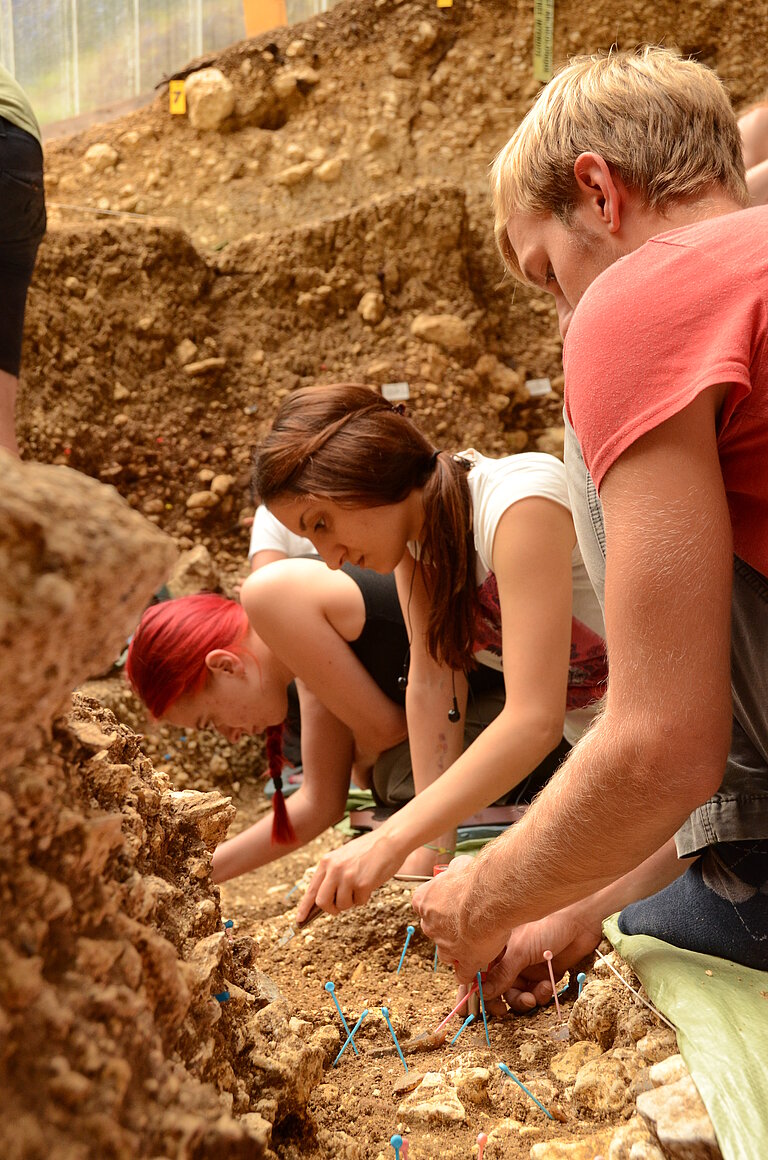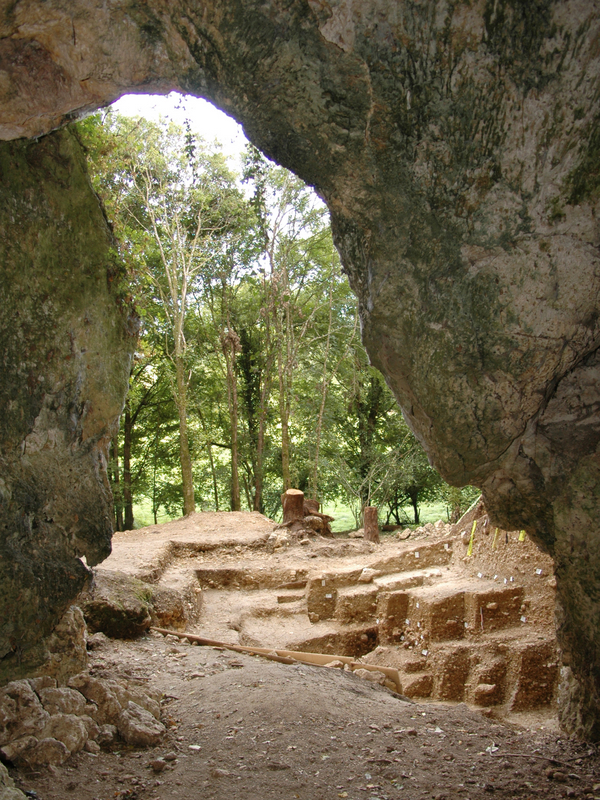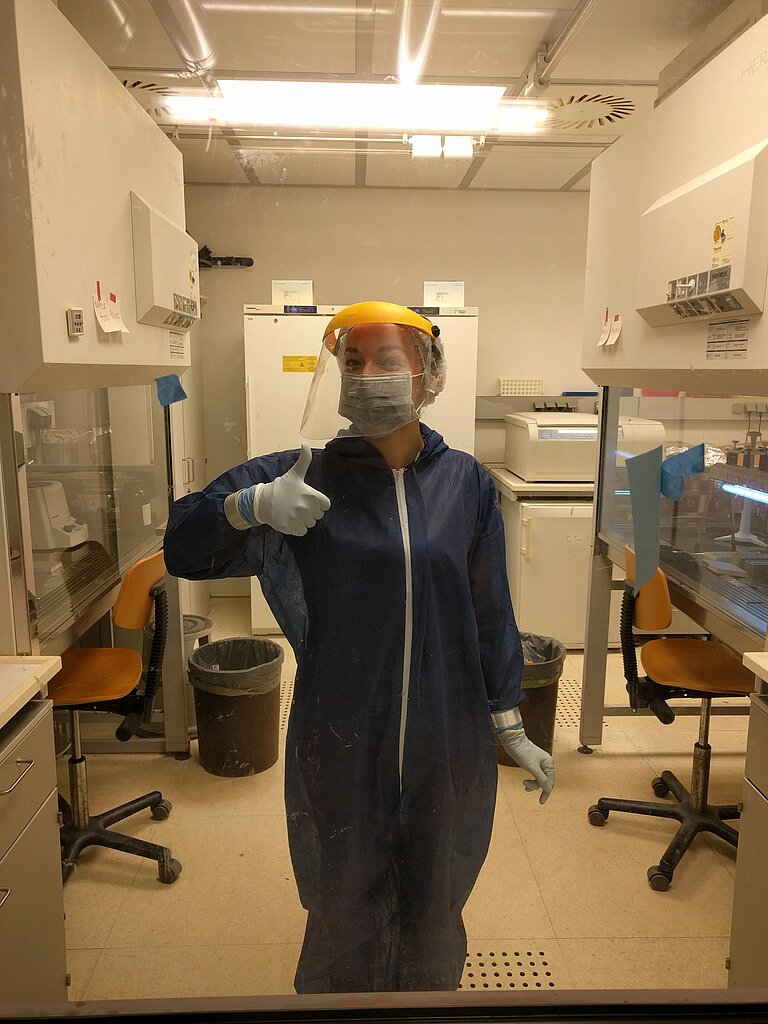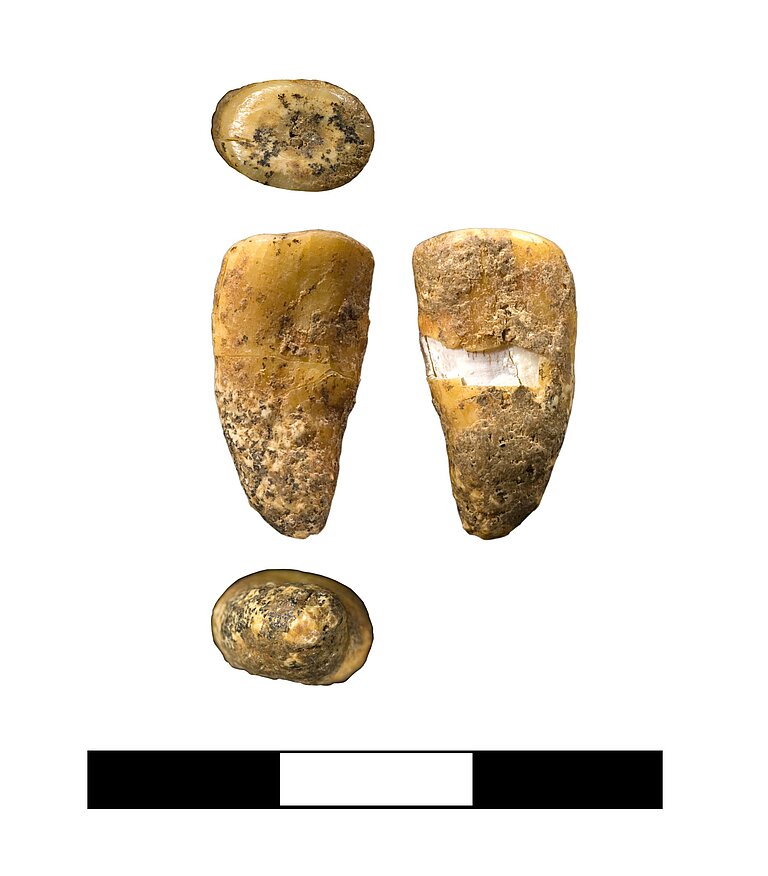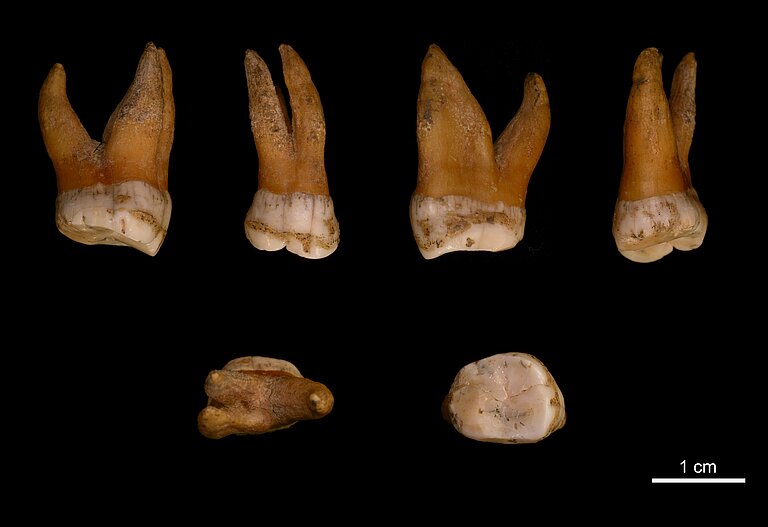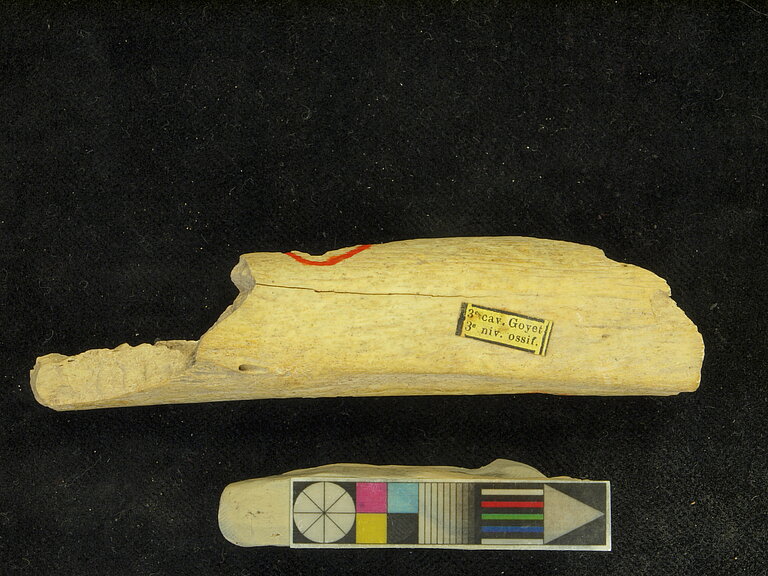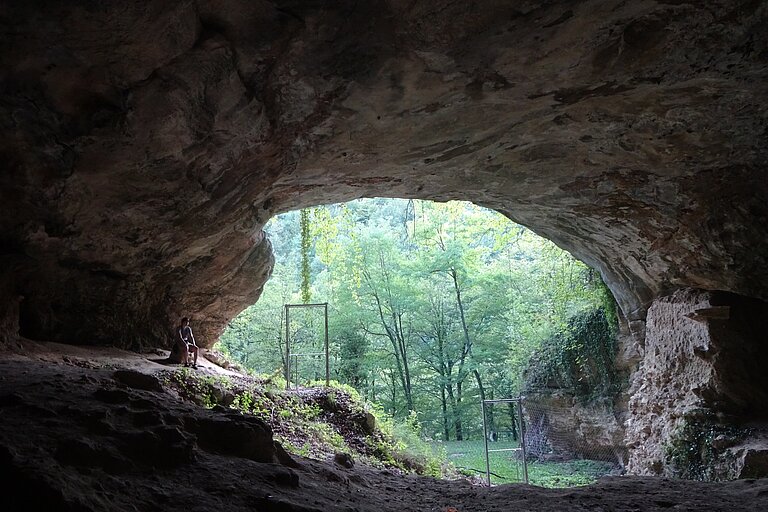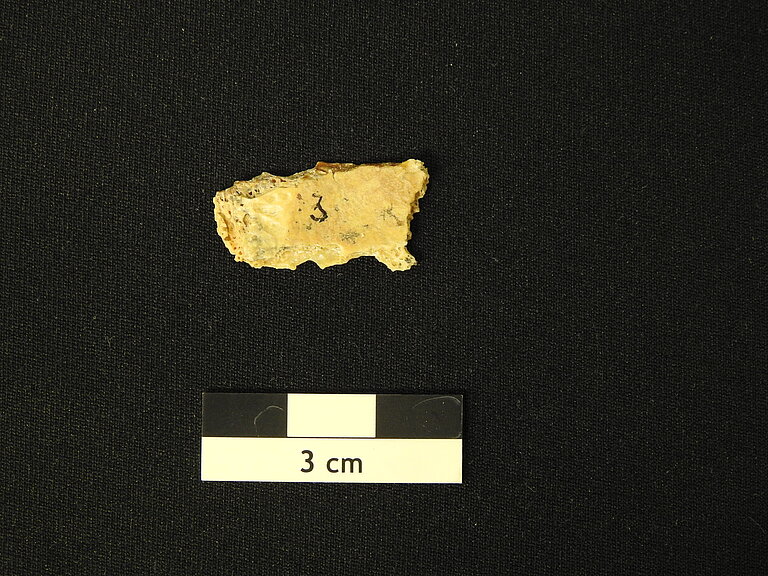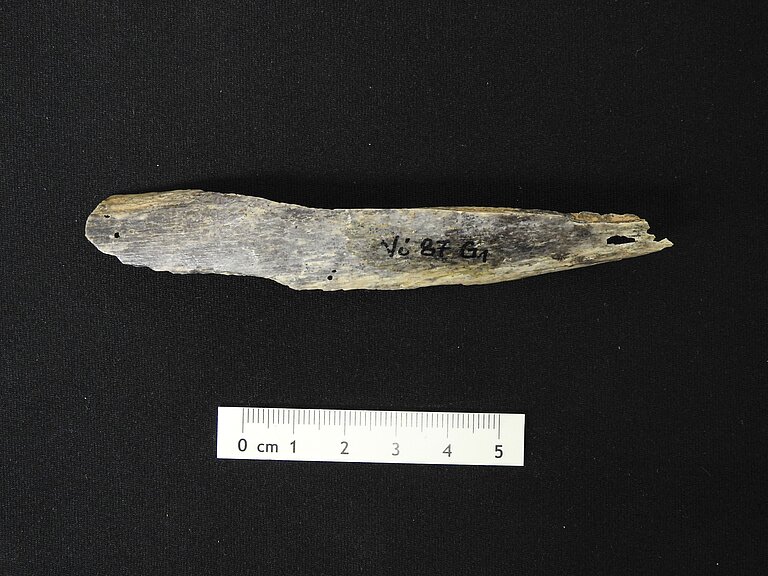Five late Neandertal genomes provide insights into Neandertal history
Little is known about the genetic diversity of Neanderthals, or the relationship between late Neanderthal populations at the time of their last interactions with early modern humans and before they eventually disappeared. Due to the limited number of specimens and difficulties in obtaining endogenous DNA from such old material, the number of Neandertals for which nuclear genomes have been sequenced is still limited. Since 2010 whole genome sequences have been generated for four Neandertals from Croatia, Siberia and the Russian Caucasus. This study adds five new genomes representing Neandertals from a wider geographic range and from a later time period than what was previously obtained.
Using new methods we were able to remove much of the contaminating DNA from microbes and from present-day humans that is typical of DNA extracted from ancient specimens. This enabled us to sequence the genomes of five Neandertals who lived between 39,000 and 47,000 years ago, and thereby to learn about some of the last remaining Neandertals in Eurasia. We find that all these late Neandertals are more closely related to the Neandertals that contributed DNA to modern human ancestors than an older Neandertal from the Altai Mountains that was previously sequenced. Their genomes also provide evidence for a turnover in the Neandertal population towards the end of Neandertal history.
Link to press release (English version)
Images
